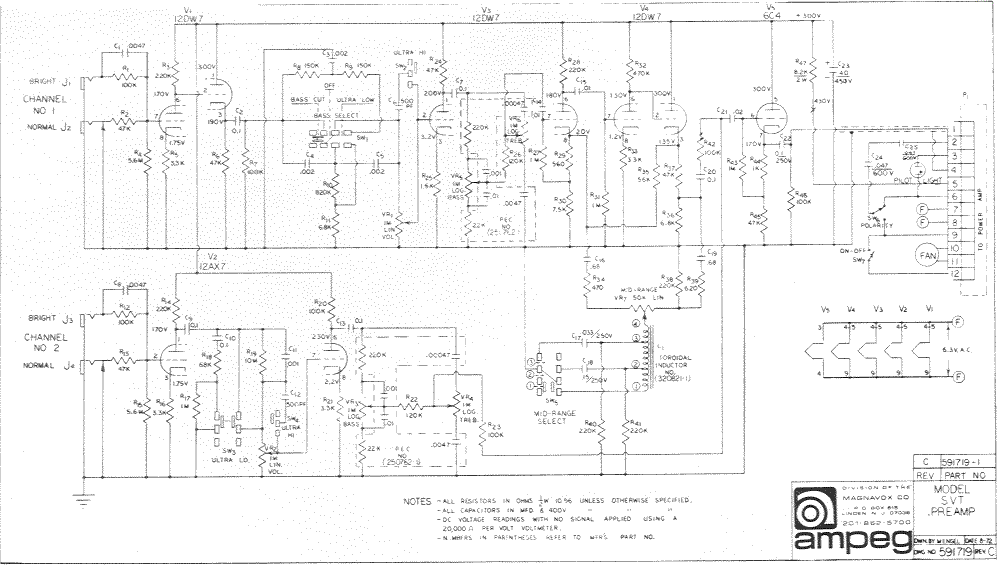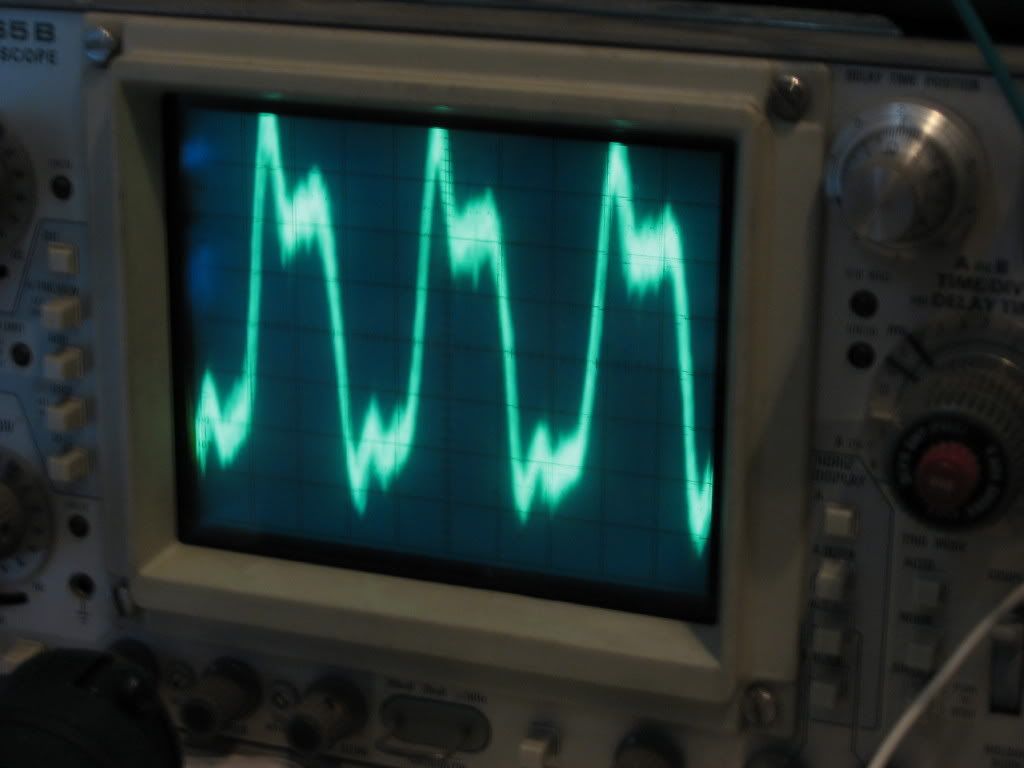When I crank the midrange pot with the midrange selector set to the #1 position, the amp puts out a low freq. oscillation, even with the volume turned down. Any ideas about what could be causing this?
This thing has been sitting for years in a garage, and even had a can of paint spilled into it! I have re-capped the amp already, and it does have a bit more hum than I would like it to have, even without the midrange cranked. Different tubes have not helped, either.

This thing has been sitting for years in a garage, and even had a can of paint spilled into it! I have re-capped the amp already, and it does have a bit more hum than I would like it to have, even without the midrange cranked. Different tubes have not helped, either.


Comment